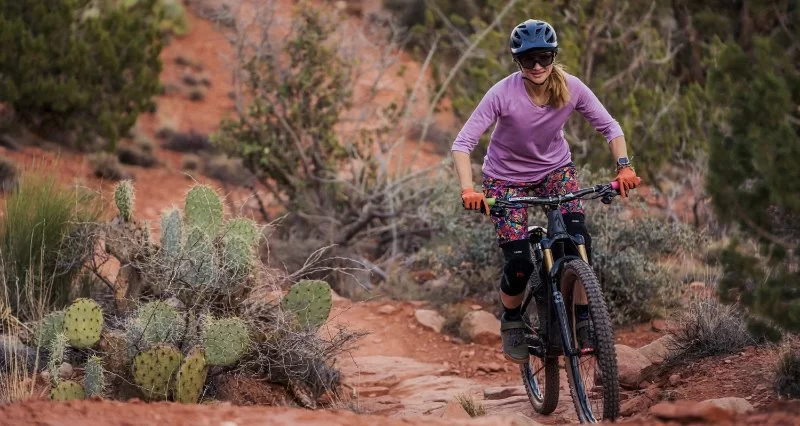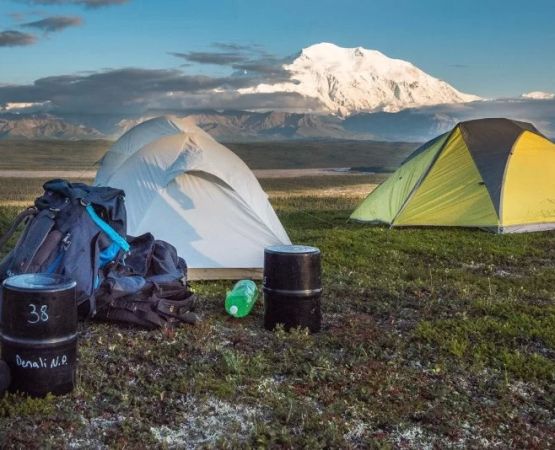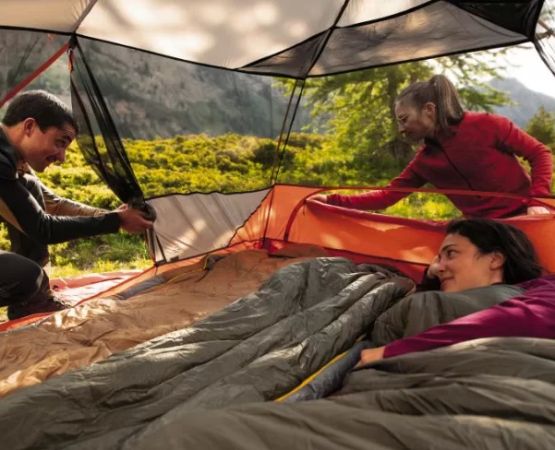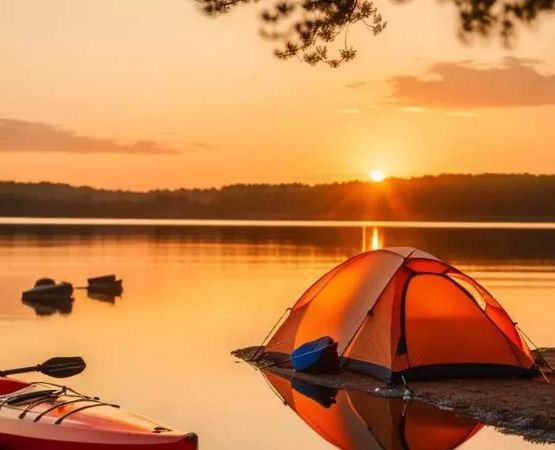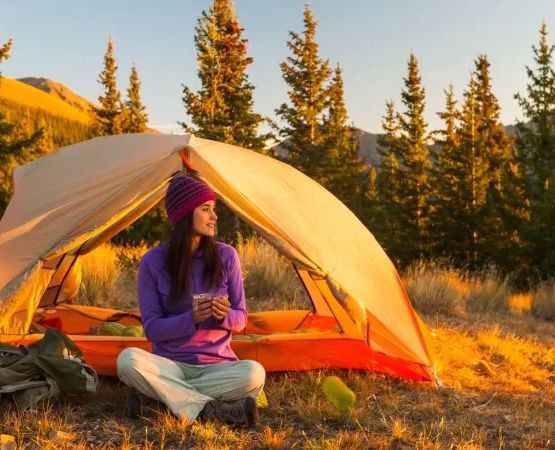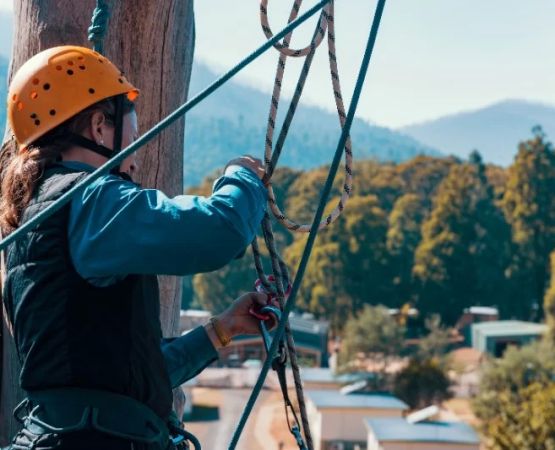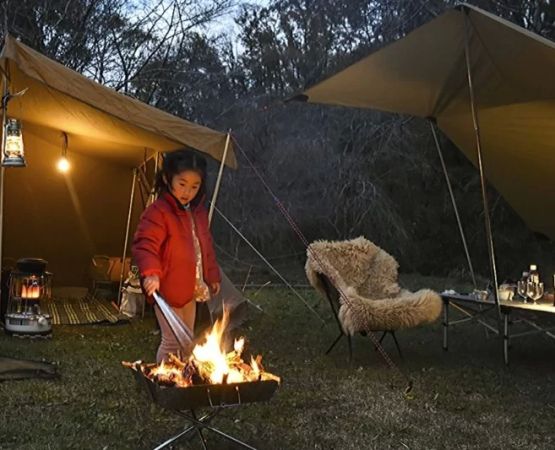- choosing-the-right-fat-tire-bike-for-mountain-trails - Choosing the Right Fat Tire Bike for Mountain Trails
- must-have-safety-gear-for-every-ride - Must-Have Safety Gear for Every Ride
- performance-enhancing-accessories-you-shouldnt-skip - Performance-Enhancing Accessories You Shouldn’t Skip
- what-to-pack-for-backcountry-routes - What to Pack for Backcountry Routes
- real-world-experience-gear-failures-and-wins - Real-World Experience: Gear Failures and Wins
- where-to-get-the-best-gear-for-your-next-ride - Where to Get the Best Gear for Your Next Ride
1. Choosing the Right Fat Tire Bike for Mountain Trails
Before we dive into gear specifics, let’s talk about the bike itself. Fat tire bikes are a powerhouse for off-road terrain, offering enhanced stability, grip, and control on loose surfaces like snow, sand, and rocky trails. But not all fat tire bikes are made equal. For mountain biking, look for one with suspension forks and a durable aluminum or carbon frame. Riders tackling elevation and unpredictable ground will benefit from wide gearing ranges and hydraulic disc brakes.
If you’re just starting out, brands like Trek and Salsa offer entry- to mid-level fat bikes built specifically for trail conditions. Enthusiasts can opt for lighter builds with carbon forks to ease fatigue on long climbs.
2. Must-Have Safety Gear for Every Ride
2.1 Helmet: Your First Line of Defense
Mountain biking comes with risk—rocks, roots, and high speeds mean falls happen. A certified mountain biking helmet with extended rear coverage is essential. Choose models with MIPS (Multi-directional Impact Protection System) technology for added security against rotational impacts.
2.2 Gloves, Goggles, and Pads
Padded gloves help absorb vibration and reduce hand fatigue. Goggles or wraparound glasses protect against wind, dust, and flying debris, while knee and elbow pads can be lifesavers during technical descents.
3. Performance-Enhancing Accessories You Shouldn’t Skip
3.1 Fat Tire-Specific Pumps and Tools
Fat tires operate at lower pressures than traditional MTB tires—often between 5–15 PSI. A digital pressure gauge and mini pump compatible with high-volume tires are non-negotiables. CO2 inflators may work in emergencies but often underperform on fat tires.
3.2 Dropper Post and Adjustable Stems
If you’re riding varying elevation, consider investing in a dropper post to lower your saddle quickly for downhill stability. Adjustable stems can fine-tune your riding position, improving comfort over long distances.
4. What to Pack for Backcountry Routes
4.1 Hydration and Nutrition Essentials
A hydration backpack with 2–3L capacity and plenty of compartments will keep you fueled and organized. Energy gels, protein bars, and salt tabs are good compact options to keep your stamina up on rugged routes.
4.2 Tools and Emergency Kits
Always bring a multitool with hex wrenches, tire levers, chain tool, and a spare derailleur hanger. Add tubeless tire plugs, extra sealant, and a patch kit—even the best tires can fail. A compact first-aid kit with antiseptic, gauze, and painkillers rounds out your backcountry survival list.
5. Real-World Experience: Gear Failures and Wins
In one case, a rider attempting the White Rim Trail in Utah reported that a budget flat pedal sheared mid-climb, nearly causing a crash. On the flip side, their upgraded tubeless setup withstood sharp sandstone edges with zero flats over 70 miles.
Another biker on the Alaskan Iditarod trail praised the reliability of their dynamo hub-powered lights, proving that the right gear doesn’t just enhance performance—it can be the difference between success and danger.
6. Where to Get the Best Gear for Your Next Ride
For those preparing their mountain biking adventures, finding reliable equipment is crucial. Whether you’re a beginner upgrading from trail basics or an experienced rider chasing alpine descents, Pine Cliff Resort offers curated gear suited for fat tire adventures. Their selection includes both premium brands and budget-friendly options, with staff who ride and understand your needs.
Fat tire mountain biking opens up terrain that regular bikes can't handle—but only when paired with the right tools and protective equipment. Invest wisely, ride smart, and keep exploring the unbeaten path.

